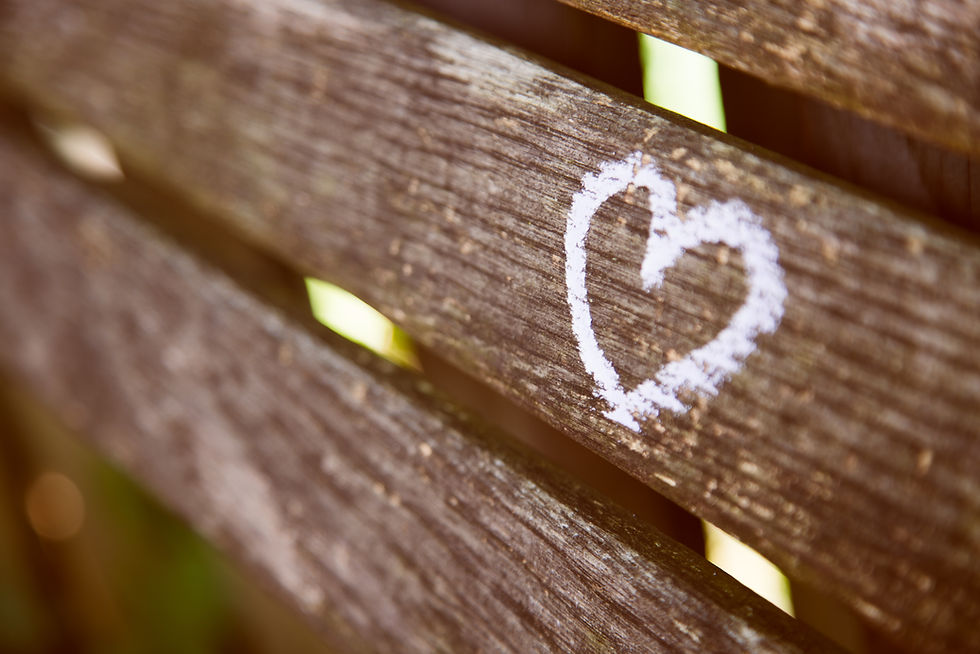From Pain to Purpose: The Deeper Meaning of Creation
- aylakarmali
- Aug 21
- 3 min read
This series on the introduction to trauma got me thinking about how so much of what we in the West value in this world has been born from suffering. We’ve all heard the myth of the "tortured artist"—the idea that creativity and profound art can only be born from suffering. We see this archetype in the stories of figures like Van Gogh, who created breathtaking beauty while struggling with immense inner pain and addiction. This idea can lead us to a powerful question: is pain and suffering a necessary ingredient for creation, or is there another way?
My own journey and the work of incredible thinkers like Gabor Maté have shown me that the answer lies in the distinction between a healthy act of creation and an unconscious act of protection.
The Pain as a Catalyst
It is undeniably true that pain and suffering can be a powerful catalyst. Adversity can shatter our preconceptions and force us to see the world from a completely new perspective. It can be the raw, emotional material that creates the depth and authenticity in our art, music, or writing.
When we are in a state of deep struggle, we often become intensely focused on finding a way out. This can lead to a kind of creative intensity—an unstoppable drive to build something, whether it's a muscular physique to protect ourselves from bullies or a breathtaking painting to give meaning to our agony. In this light, creation is not born from a place of joy, but from a desperate, compelling need to cope with a wound.
This raises a crucial question: What if we're not creating because of an innate calling, but because we're being driven by a deep-seated pain? And should we accept this deep-seated pain as a fact of and even the beauty of humanhood? Sure, the cost to the creator is their peace but “we” – society – we benefit right? And maybe the creator even wants it that way.
Is It Protection or Creation?
This is the most critical question we can ask ourselves, and it's the heart of our healing journey. The issue isn’t the act itself—whether it's bodybuilding, painting, inventing or achieving —but the motivation behind it.
· Is the motivation an act of protection—driven by a core belief that "I am not enough," by a need to feel safe, or by a desire for validation?
· Or is it an act of creation—arising from a sense of purpose, inner balance, joy, and a desire to contribute to something greater than ourselves?
Consider the example of a brilliant lawyer who works relentlessly to become a partner. On the surface, this is an act of amazing achievement. But if this drive is fueled by an old, inner wound and a core belief of "I am not enough," then that success is not an act of creation; it's an act of protection.
Healing allows us to shift from one to the other. It's about bringing the wound out of the shadows so that our actions can be motivated by a place of wholeness, rather than a place of pain.
Living with Purpose and Contribution
This distinction brings us to the deeper philosophical question about the purpose of life itself. Are we simply living to achieve and create for the sake of it? To build more advanced weapons and technologies or more complicated financial products? Or is there a deeper purpose: to live in a state of freedom, purpose, and contribution to the whole?
A healed and integrated life suggests that we can create from a place of conscious awareness. This allows us to make choices that align not just with our external needs, but with our internal values. Healing gives us the freedom to ask, "What am I being called to do with my creativity – with my being - that will contribute to the greater good?"

The goal isn't to eliminate pain— it is a part of life. The goal is to transform it. This transformation allows us to move from being driven by our wounds to creating from a state of wholeness and purpose even if the wounds remain. When they are made conscious, we are more likely to have a choice.




Comments